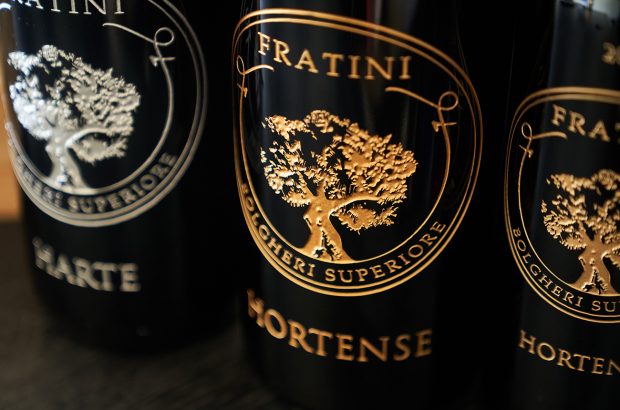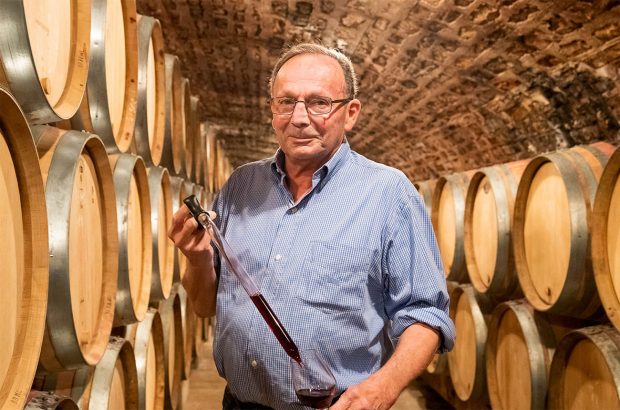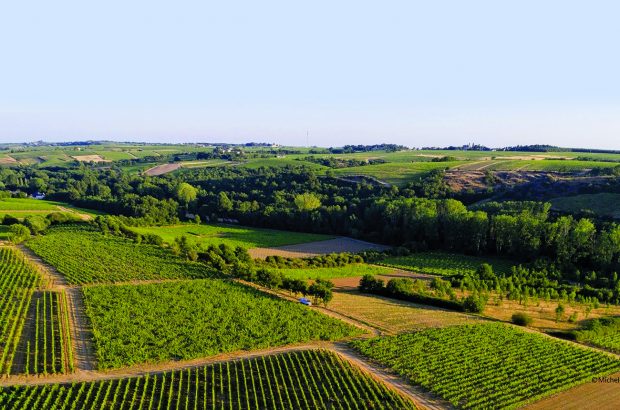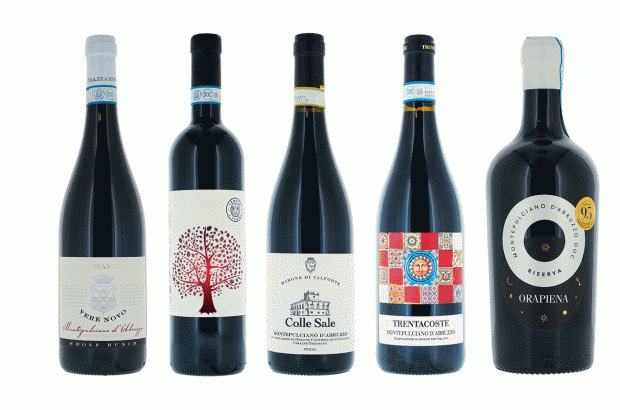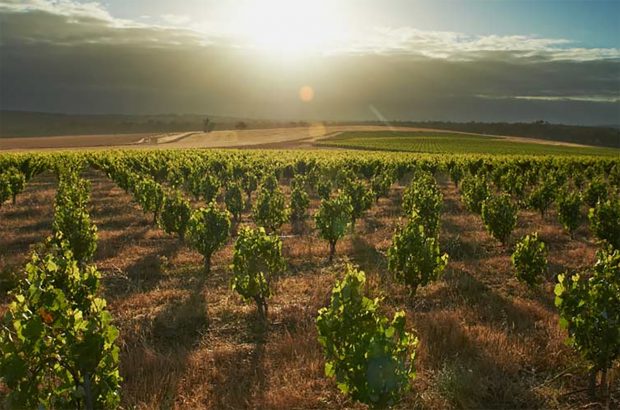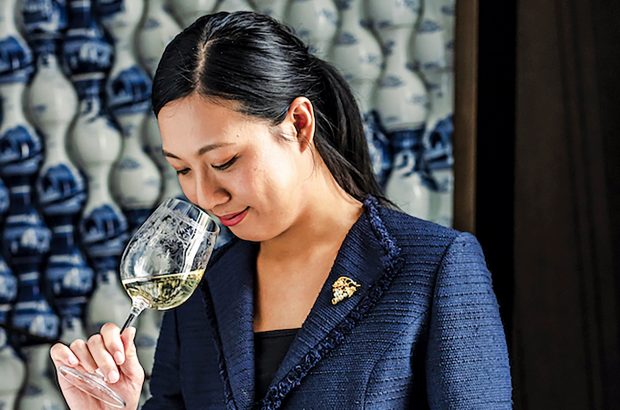For many years certain English people spoke of Puglia as their new Tuscany, a land rich in wine and hilltop towns, which was just ripe for discovery.
As the long heel of the Italian boot, Puglia faces across the Adriatic to Croatia. A fertile but flat landscape devoid of natural defences, Puglia’s northern coastline was for centuries prey to pirates, causing landlords to build masserias, fortified farms behind big walls. But Puglia also faces the gentler Ionian Sea on its southern flank and borders Basilicata and Campania inland. Meanwhile Le Murge, a long range of hills, runs like a spine down the centre of the region.
Culturally, Puglia offers ancient Roman port cities such as Bari and Brindisi, historic jewels – including the baroque city of Lecce, which is beautifully carved out of honeyed stone – and trulli, the circular, Hobbit-like stone houses that litter the countryside around Alberobello.
Adrian’s top Puglia restaurant and accommodation recommendations
Summer temperatures in Puglia can rise to scorching Sicilian levels, making red rather than white the mainstay of the wine industry, but the slopes of Le Murge nurture white grapes such as Fiano and Verdeca. It’s best not to visit at the height of summer (July and August), although perversely this is a popular time for visitors from Rome who just want to lie by the pool and sizzle. There is an excellent annual wine festival organised by Borgo Egnazia, which normally takes place in September.
Puglia has had a thriving wine industry for centuries, always out-producing Tuscany and nearby Campania. These days it is second only to the Prosecco heartland of Veneto in terms of hectolitres of wine produced. Historically, however, most of Puglia’s grapes were sent north to create vermouths in Piedmont or were blended with other wines by the big urban producers.
Puglia fact file:
Production 9.5m hl
Producers 1,300, more than 80% small operations with an average of 1.8ha, producing fewer than 10,000 bottles annually
Ecomony Wine and olive oil production together make up 60% of the region’s economy. Many farmers produce both
Late arrivals
It was only late in the 20th century that Pugliese producers began to bottle and market their wines as Puglian. Hitherto what had not been sent north was sold to the locals, who would fill their own flasks straight from the barrel. This growing regional self-confidence may have been a response to the influx of those tourists looking for the new Tuscany and seeking recognisably Puglian wine. It was also encouraged by the arrival in 2000 of the producer Marchesi Antinori, which opened two massive wineries at opposite ends of Puglia to do for this region what it had done for Tuscany in the 1970s.
Puglia is Italy’s longest region (450km) and far too attenuated to have established wine routes. This means that visitors rarely manage to visit all of its five main wine regions, from the baked southerly plains of Salento to the northerly vineyards of Daunia via the green hills of Valle d’Itria. There are nearly 30 DOPs making excellent wine, very often with grapes unique to the region such as Nero di Troia, Minutolo, Maruggio and, of course, Primitivo, the founding grape of Puglia’s wine industry.
It’s best to make a base for yourself somewhere in the middle of the region (around Alberobello, for example) and venture in whichever direction appeals. Alternatively, choose an attractive city, such as Lecce in the south, and contact the local wineries. Food- focused travel company Zest of Italy is expert in creating bespoke wine itineraries throughout Puglia.
Puglia’s main airport is Bari, and this is a convenient place to begin a wine voyage. Travel south into Valle d’Itria and Magna Grecia or east towards the rich Primitivo heartlands of Salento.
A one-hour car journey north from the airport brings you to Agrinatura Giancarlo Ceci, an organic farm and vineyard based in an old castle. The castle belongs to Giancarlo himself, the eighth generation of Cecis to have farmed here since 1818. From its ramparts you can see the famous castle of Frederic II that gives this particular DOP its name: Castel del Monte. Wine tastings take place within the castle, surrounded by family photos.
Thirty kilometres west, near the border with Basilicata, stands Tormaresca’s Bocca di Lupo vineyard, built and run by Antinori. At the heart of its 150ha is an extensive, modern winery-cum-visitor centre whose design is based on the typical fortified Puglian masseria. Four of Tormaresca’s 14 wines are produced here, including Bocca di Lupo, a deep ruby red Aglianico aged for 15 months in French oak. The building is calm and spacious, exuding the self-confidence of the Antinori operation.
Family affairs
Drive south from Bari airport and you reach Terra Jovia, a small urban winery that in the 18th century was a farm surrounded by fields. The Colapinto family only began bottling its Primitivos in 2008, but these days they sell red wine all round the world as Gioia del Colle and as the rich, but more expensive Puglia Rosso Passito.
Nearby, facing the hilltop town of Mottola, is Cantina Pantun, an organic enterprise begun in 2000 by Domenico Caragnano and his German wife, Jutta. The back-to-nature work is hard but rewarding on these steep slopes and the couple use only recycled machinery, much of it hand-cranked. From 3ha of vines planted on either side of a steep valley, Pantun produces Primitivo reds and rosés, as well as Mo’tula, a white blend that is 30% Greco Bianco, a local grape that Jutta wanted to save from imminent extinction.
Further east and directly south of Brindisi’s Salento Airport, the Cantele family opened a vineyard in 1979. It wasn’t until the 1990s, however, that they began bottling the wines and selling them under the family name. Nowadays Cantele produces seven reds, six whites and three rosés. This energetic winery is still very much a family operation within a large, modern white building that nods to the masseria style.
Just 16km to the north of Cantele, Masseria Li Veli was taken over by the ambitious Falvo family in 1999. The winery was created by Marquis Antonio de Viti de Marco, a renowned Italian economist who died in 1943. The Falvos have expanded Li Veli’s operation and now create 350,000 bottles of wine from their 38ha of vines and another 350,000 bottles of Contrade wine, made with grapes bought from independent farmers within Puglia. They also recently opened a restaurant in London’s Covent Garden (called Li Veli) to promote the excellence of Puglian wine.
Puglia: Getting there
Puglia is served by Bari Karol Wojtyla International Airport and by Brindisi Airport (also known as Salento Airport). Bari is close to Alberobello and Le Murge. Brindisi is further south and serves the hot plains around Lecce. Rhino offers cheap car hire rates from both airports. It is also possible to hire a car at one airport and return it to another.









